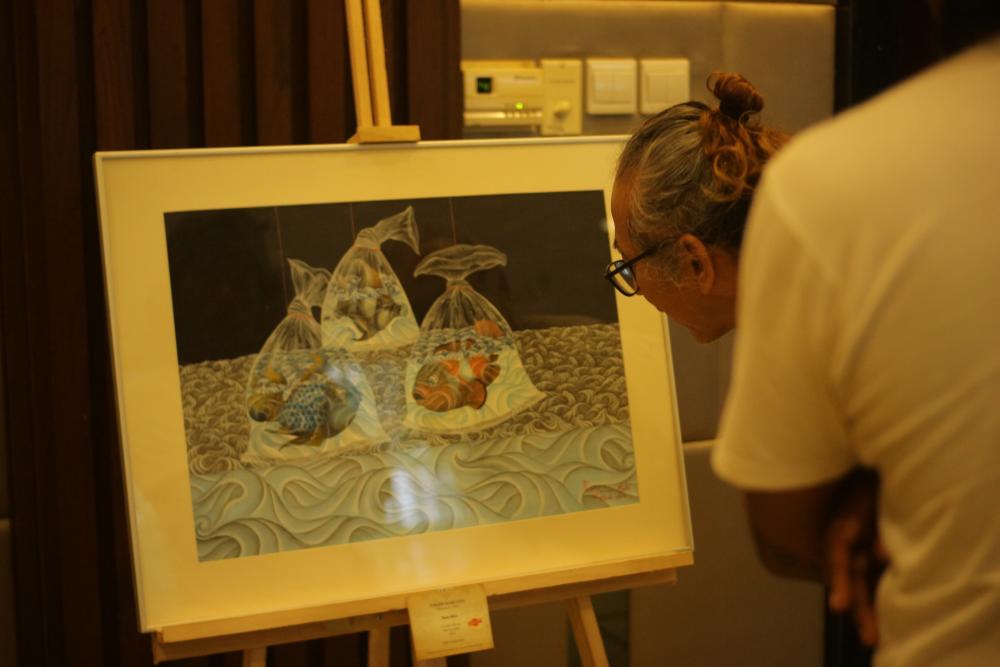Paluang Temple, the car temple
- 13 Juli 2020
- Traditional
- Klungkung

Klungkung, NetizenBali.com - In the middle of a dark, quiet night, the roaring sound of a car was heard around Karang Dawa village on Nusa Penida islet in Klungkung.
Karang Dawa was then a remote and isolated village surrounded by lush woodland. There was no possibility that a car was actually passing the village.


The locals believe that this sound was made by Ratu Hyang Mami, the goddes who residents in Pura Paluang, popularly known as the car temple.
At this distant site, the temple's "pelinggih" (main shrine) was built in the shape of a Volkswagen car. The precise location of the temple ia quite difficult to track with GPS and it is not found on Google maps.
The best way to find it is to ask the residents of Nusa Penida. From the ferry harbor, it is about a one-hour drive along a rough road to the hilly Karang Dawa village.
No one remembers when the temple was built and the local residents claim it has existed for hundreds of years, long before any car was produced in the world.


According to Pak April, an influential figure in the village, the temple was a large piece of car-shaped limestone. The villagers frequently threw the stone into the sea, but it kept emerging again at the same site.
After a few occurences, and after a local man fell into a trance and receive a divine message, the villagers believed that they were being told to build a place of worship at that site.
The temple, which overlooks the village and the impressive rocky clifs that surround the three islets of Nusa Penida, has 13 shrines made of carved white limestone.
During Tumpek Krulut, which, based on the Balinese lunar calendar, a lavish Panca Wali celebration was held at Pura Paluang. This is the day that the devotees believe Ratu Hyang Mami arrives to take up residence at the main shrine. It is also the time that all the villagers hear the sound of the car's engine, a sign that the goddes ia visiting the village to bless the people with wealth and prosperity.
The Panca Wali celebration also attracts worshippers from other villages, and even from Denpasar and other towns in Bali, who flock there to pray for wealth and prosperity.


The name of the temple was derived from the Indonesian word for opportunity - peluang, thus it is seen as providing opportunities to worshippers.
Nusa Penida islet is home to many old temples and is believed to safeguard the island of Bali and its people from calamity and negative forces. Many devotees make pilgrimages to major temples in Bali, including those in Nusa Penida to obtain spiritual balance and harmony. [This words was taken from weekly newspaper Bali Buzz-The Jakarta Post]












Related Articles
- Unique Ritual at Telaga Maya, Ducks Appear to Swim in Dry Waters
- Pesona Pagi di Sangkaragung, Bersepeda Menyusuri Warisan Penenun Songket
- Gambaran Video Ritual Pernikahan di Bali yang Sederhana dan Autentik
- Krama Istri Panjat Pinang, Tradisi Unik dalam Karya Agung di Desa Pulukan
- Tirta Kamandalu: taking a nectar of life in the middle of the ocean